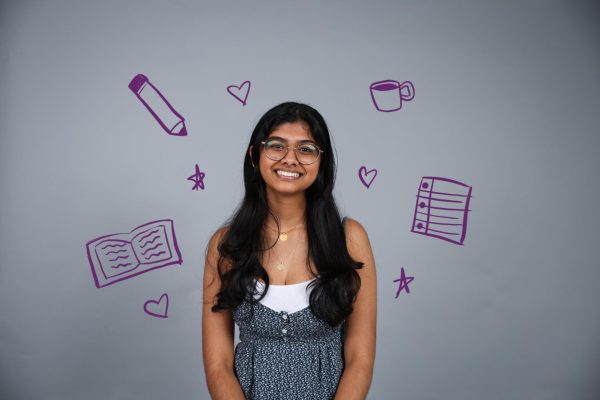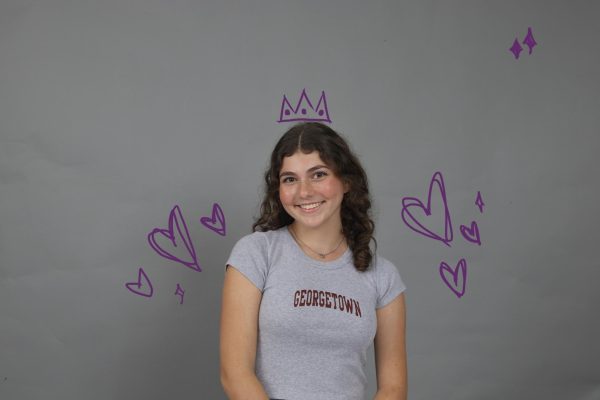The first time junior Mark Cole* smoked was in fourth grade.
Smoking and vaping among teens has become increasingly prevalent — by the time they are in 12th grade, 46.6% of teens have tried illicit drugs, according to the National Center for Drug Abuse Statistics. According to a casual survey from The Muse**, 26% of students reported that they have smoked or vaped before. Most prominently among these drugs are nicotine and cannabis, as per the 2022 Monitoring the Future (the National Institute on Drug Abuse’s annual adolescent drug and alcohol survey) results, due to the accessibility of e-cigarettes, vapes, and cannabis dispensaries.
“I feel like it went from being one or two of my friends (smoking), to being almost all of my friends do(ing) it,” sophomore Jared Blackburn* said. “It’s not even people that you would expect. It’s not like, ‘Oh, they’re a stoner.’ Everyone does it.”
Students might start smoking or vaping for multiple reasons, ranging from childhood role models’ use of substances to encouragement from friends. Some, like Cole, are introduced to drugs at young ages, which causes them to start using these substances earlier on.
“I grew up in a household where my mom smoked (cannabis),” Cole said. “I always looked up to my mom, so I thought it was cool. As soon as I could get my hands on anything I could smoke, I would.”
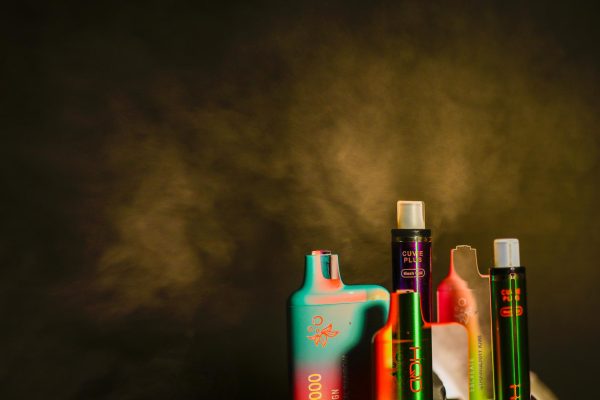
For students who start using because of a significant other, it can become an intrinsic part of their relationships. A 2010 study from the National Library of Medicine (NLM) found that one’s partner’s substance use is directly related to their own personal substance use. Students who seek to relate to or impress a significant other may turn to smoking to do so.
“The guy I was dating at the time (I started) was really into smoking weed, so I started doing it because I wanted him to think that I was cool, and I thought he would like me more if I did,” junior Wendy Manning* said. “Anytime I was with my boyfriend, I was under some sort of influence, so when I wasn’t with him, I craved being with him. I became almost addicted to him, but it wasn’t real. It was just the drugs.”
Students, such as senior Anna Powell*, may smoke or vape for personal reasons. Powell says that smoking cannabis daily helps her fall asleep, improves her mood, and allows her to “escape” from everyday issues.
“A lot of it is honestly just the escapism thing,” Powell said. “I think that’s why it can become problematic at times, because of the urge to escape. It’s so easy when (smoking is) just a cart that you can hit, and suddenly you don’t have any more problems.”
In the same vein, students like Cole, who originally started smoking for recreation, might use the “high” of smoking to cope with their mental health problems, leading them to rely on smoking as a source of happiness, furthering them deeper into the cycle of addiction.
“I hate being high,” Cole said. “I hate it. I don’t enjoy it anymore. Every time I’m high I just get sad, but I’m so used to it, it’s just something I do. I have (clinically diagnosed) depression, and it (smoking) definitely helped for a while, but after a certain point it just made it worse. When you build a reliance … it stops being something you do when you’re happy and becomes something that you do when you’re sad.”
Assistant principal Jennifer Napuli also reported that many times, when administration catches students smoking on campus, they are using it to “cope in a healthy manner and then they don’t know how to stop.” When students are struggling, it can be hard for them to reach out, but from an administrative perspective, reaching out can prevent students from falling deeper into substance use and addiction.
“It’s just not worth ruining your whole life over,” Ms. Napuli said. “My suggestion is that if you’re struggling, reach out and get help before it really costs you your future.”
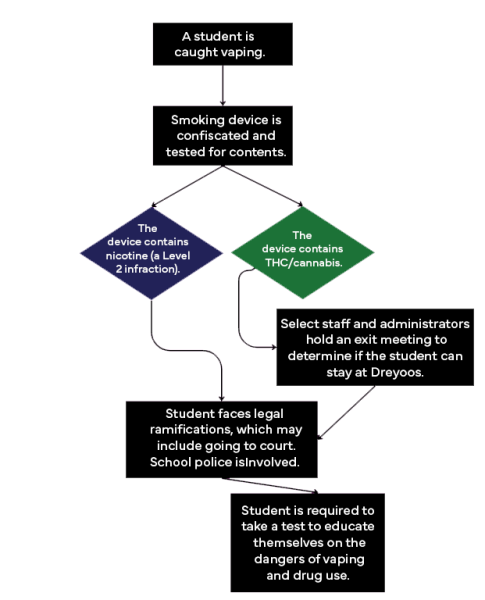
Regardless of what first gets them to try smoking or vaping, addiction is a potential outcome. The Texas Department of State Health Services finds that teens are especially sensitive to nicotine’s addictive effects because their brains are still developing, making it easier to “get hooked.” Using nicotine at a young age can also rewire the brain to become more easily addicted to other substances in the future. What might begin as a recreational experience can become something dangerous for students faster than they would have expected.

A 2000 study from Tobacco Control found that symptoms of nicotine addiction can appear within days or weeks of when an adolescent originally starts occasionally smoking, usually before they start regularly smoking. This study was conducted with cigarettes, but with the rise of e-cigarettes, such as vapes, which are even more addictive than normal cigarettes, as found in a 2019 study published in the NLM, these findings are exacerbated.
“It takes over your mind,” Manning said. “It takes over your thoughts. It’s all you think about. You just want to feel like that all the time.”
In cases where students realize they are becoming or have already become addicted to a substance like nicotine or cannabis, and it is having a negative impact on their lives, they may attempt to quit. However, it is harder to quit than it may seem due to withdrawal symptoms like anxiety, strong cravings to smoke, fatigue, vomiting, depression, and seizures, according to the Center for Disease Control and Prevention (CDC).
“I have thought seriously about quitting,” Cole said. “I have tried, and it worked for a few weeks, but I always start back up again.”
For some teens, the act of rebellion can be as addicting as the experience of physically being under the influence of nicotine or cannabis. According to a study published in Social Neuroscience, teenage rebellion is an important part of social development when teenagers feel the need to create an identity separate from that of their parents or family. This can be done by experimenting with different behaviors.
“I wasn’t addicted to the nicotine,” Barton said. “I was addicted to the feeling. I thought it was so fun to sneak around school and have a secret with my friend.”
While many students choose to begin smoking and vaping of their own volition, there are also many stories of peer pressure being the catalyst for them to start. According to the survey given by The Muse, 45.5% of students have felt pressure to smoke or vape. Out of those who have felt pressure, 46.7% of students said that pressure stemmed from friends or peers. Another 22.7% said that they felt pressure in social settings.
“She (my friend) asked if I wanted to try it,” Barton said. “Then, I went with her to a gas station and bought my own. From then on, I used it every day. If it wasn’t for my friend, I don’t think I ever would have owned my own vape. I think I might have used it at a party or something, but never to the level that I reached.”
Students who do not smoke but are close with those who do can sometimes feel the need to separate themselves from their friends. A 2012 study from the NLM found that teenagers who have close friends who smoke daily are at a substantially higher risk to start smoking. For those who are against smoking, this can mean losing close friends due to their smoking habits.
“I have a lot of friends who do smoke, and they do vape and all that kind of stuff,” sophomore Michael Dawson* said. “I’ve had to distance myself from them because a lot of them have gone down that path. Probably 90% of my friends, (who I’ve known) since middle school, have started doing that. It’s just very bad for you, and it’s sad to see that.”
The peer pressure students might feel can range from just seeing other students around them smoking and thinking that since everyone else is smoking, they should too, to having friends deliberately encourage them to start smoking. In certain extreme cases, students can even be forced into starting to smoke or vape by the people around them.
No person’s experience with smoking or vaping is the same as another’s. Addiction is a neurological disorder — it can take months, years, even decades for a person to overcome addiction. Even if they are successful, addiction is something that can touch a person’s life forever.
“Other people see it, and it’s exciting and new, and they want to try it just to see what it’s like,” Cole said. “I guess, indirectly, that’s my fault because I’m there with it, but at the end of the day, I’m a product of the system as well. It’s a cycle.”
*Names changed and art areas not disclosed to protect identity.
**The data included was gathered from a casual survey by The Muse that was given on paper via English classes Jan. 23-26 to 927 students. Statistics might be skewed due to inaccurate student responses.
Resources and Hotlines
Substance Abuse and Mental Health Services Administration (SAMHSA) National Helpline: 1-800-662-4357
Florida Statewide Substance Abuse Hotline: 211
Palm Coast Area Narcotics Anonymous: 561-848-6262, palmcoastna.org
Step by Step Guides to Finding Treatment for Drug Use Disorders


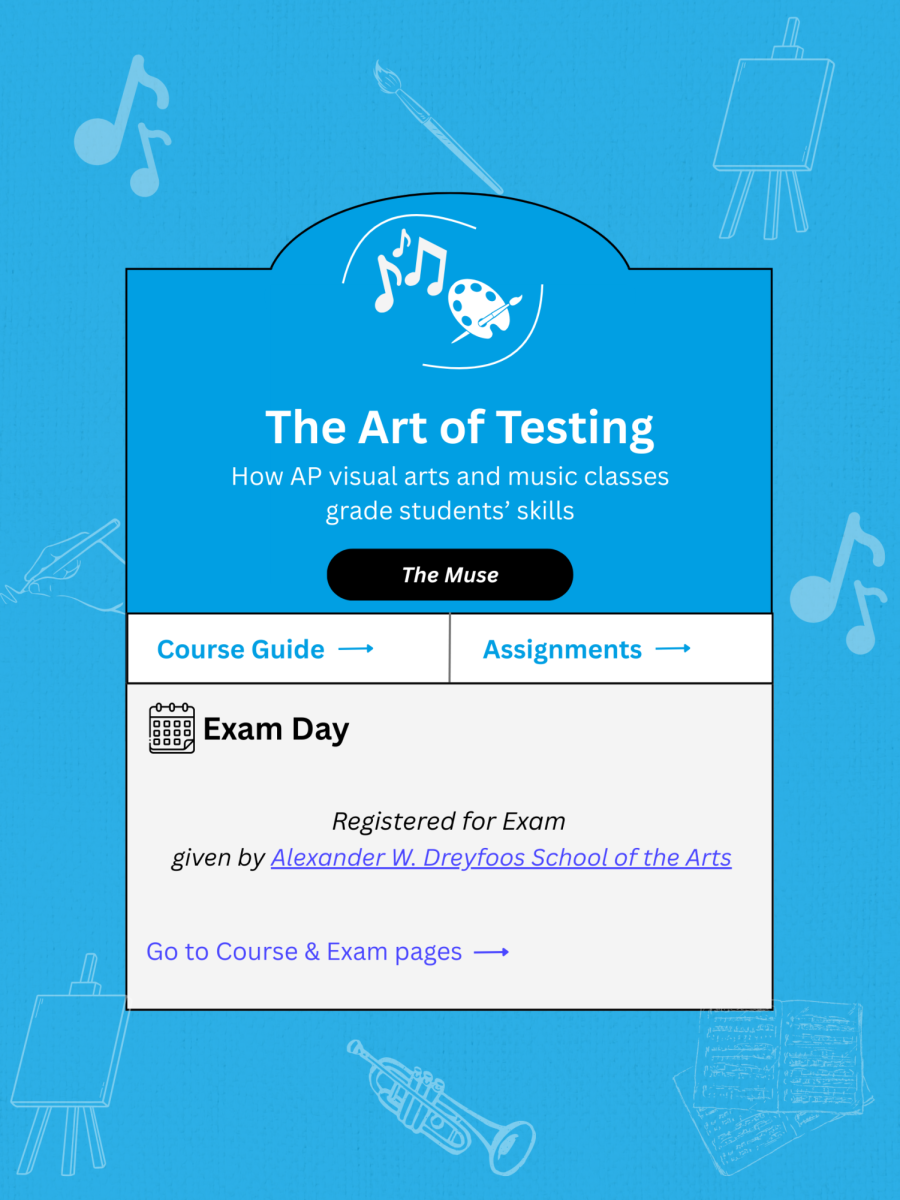
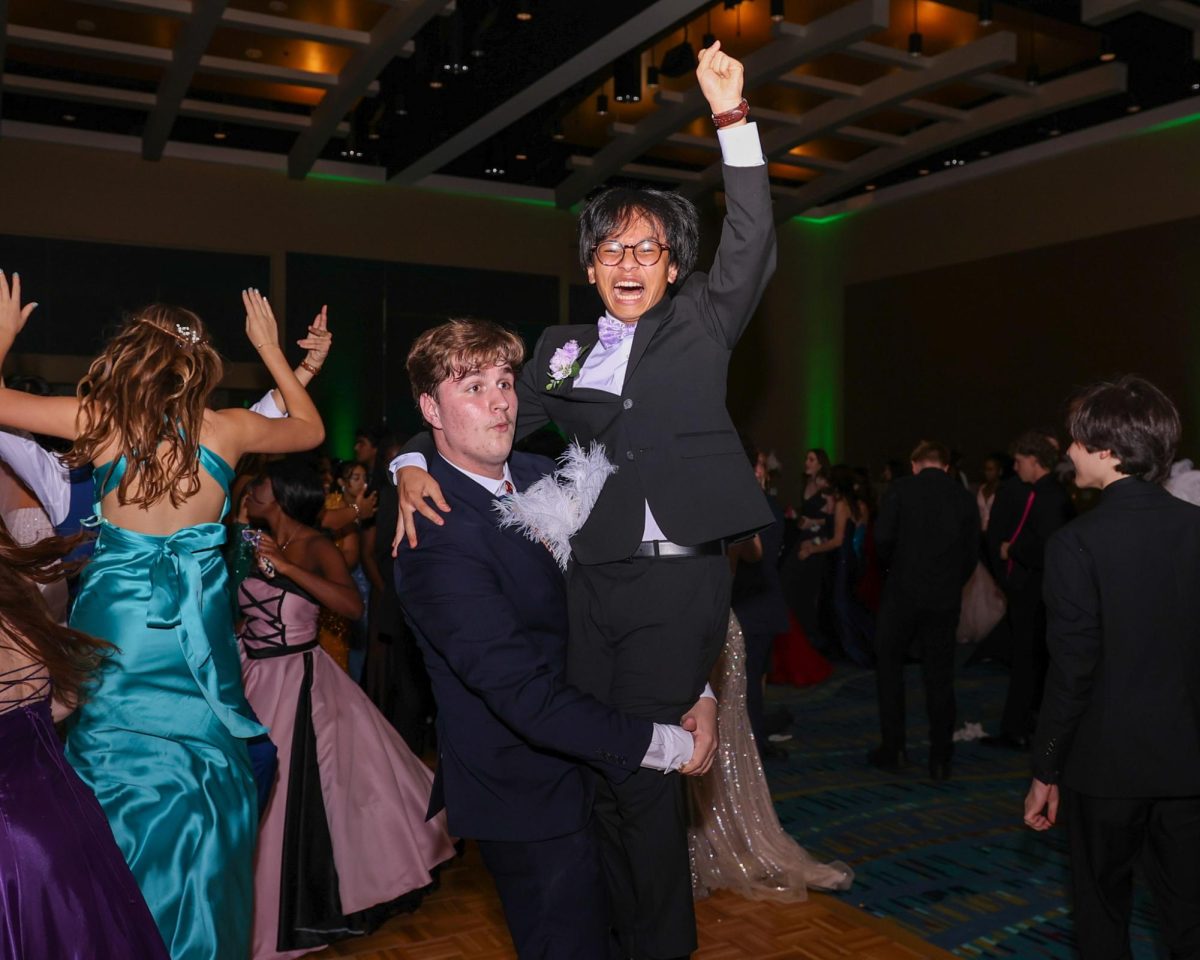

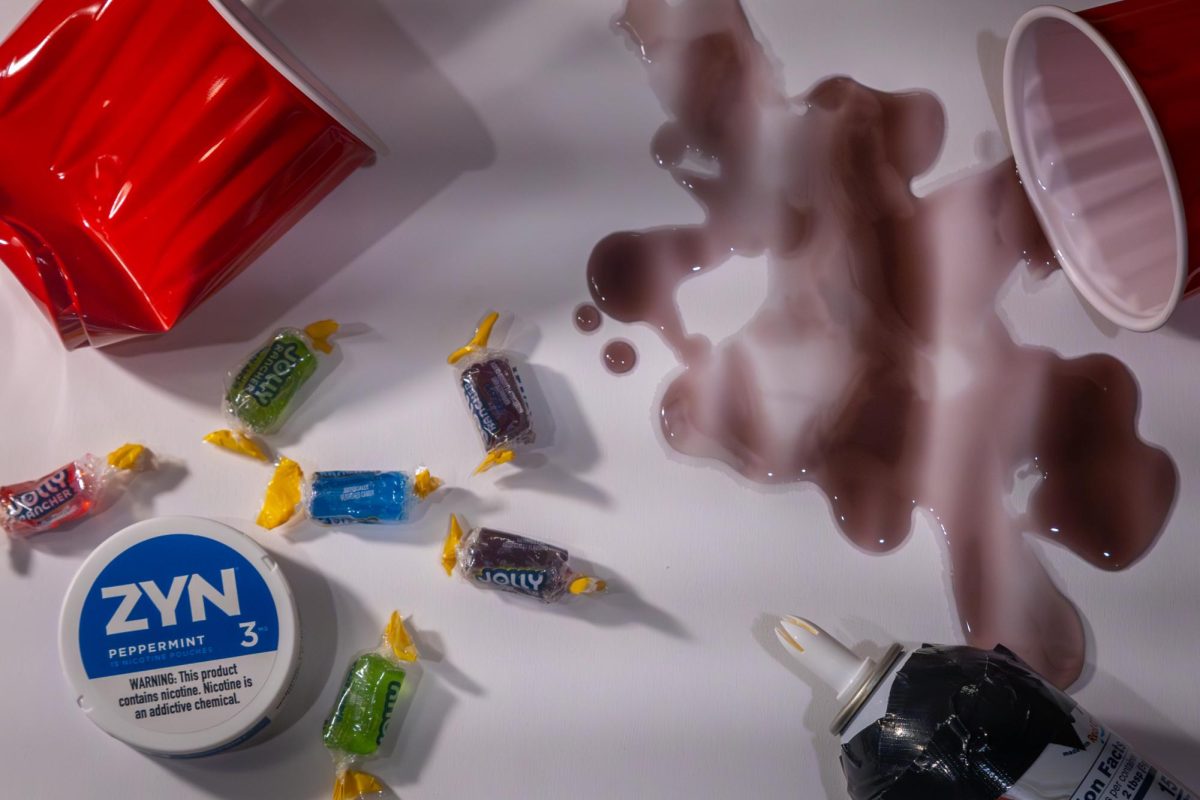



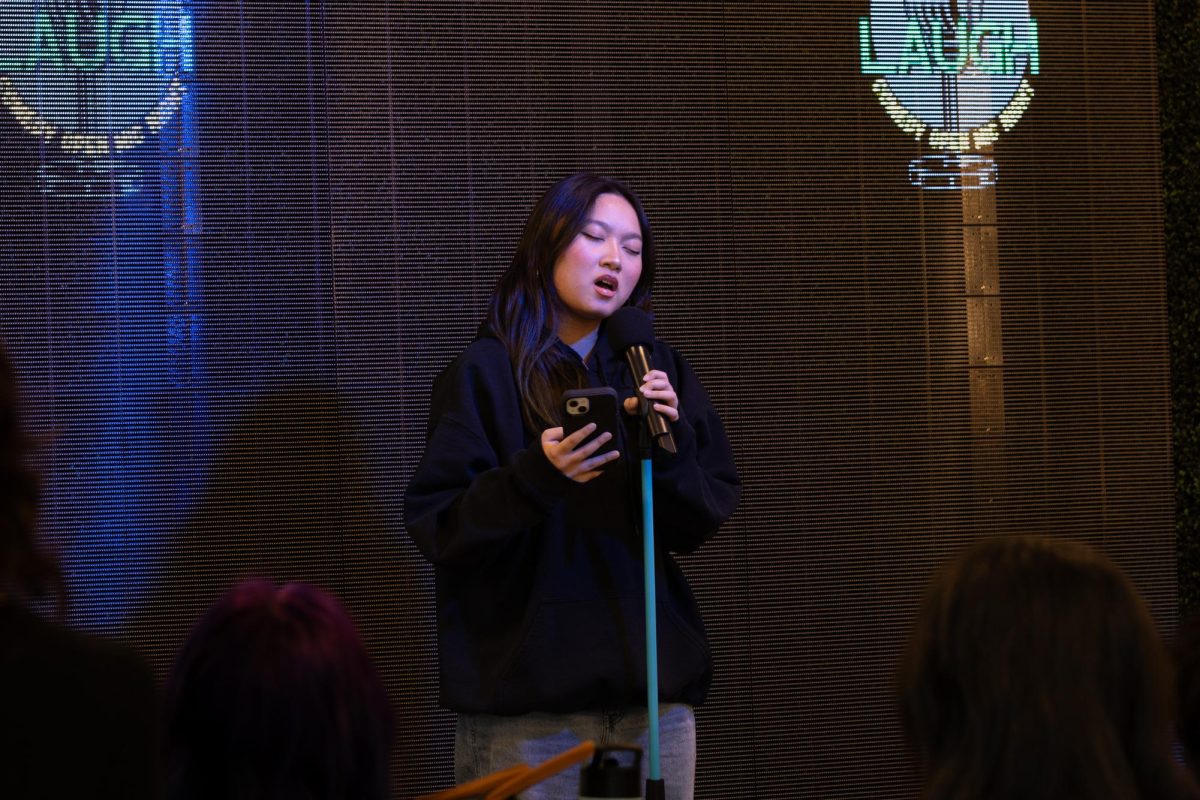
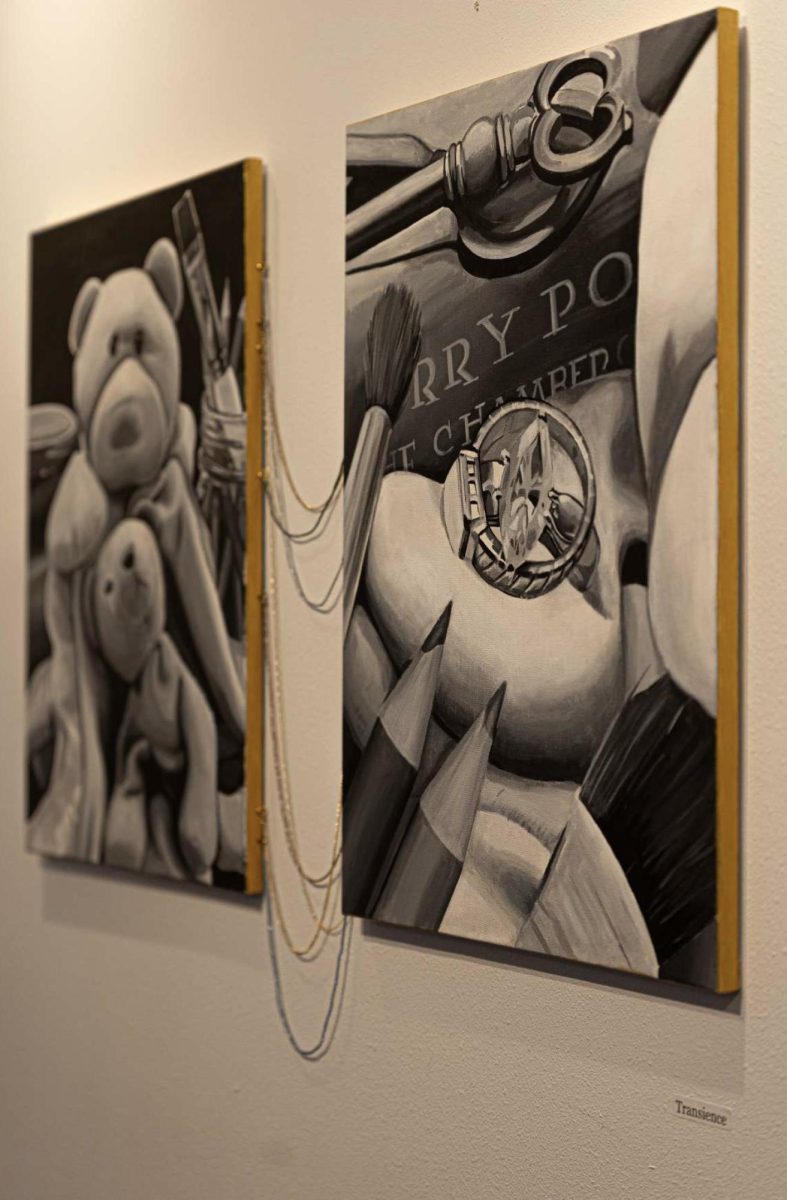
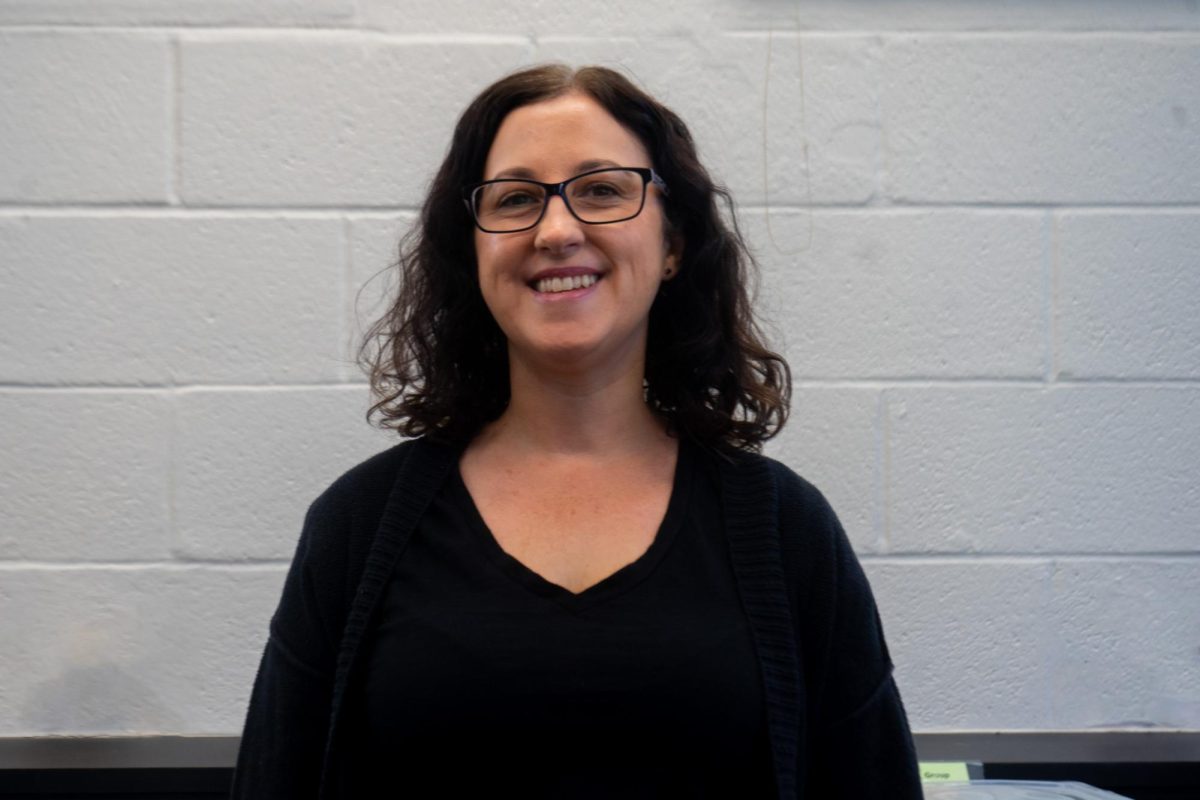
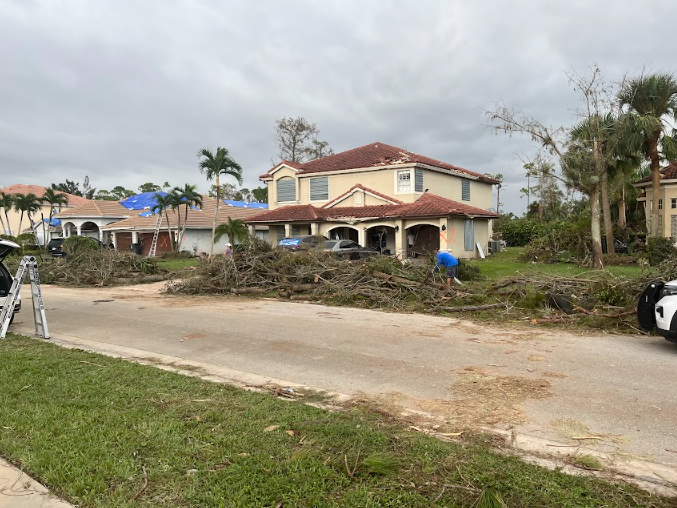




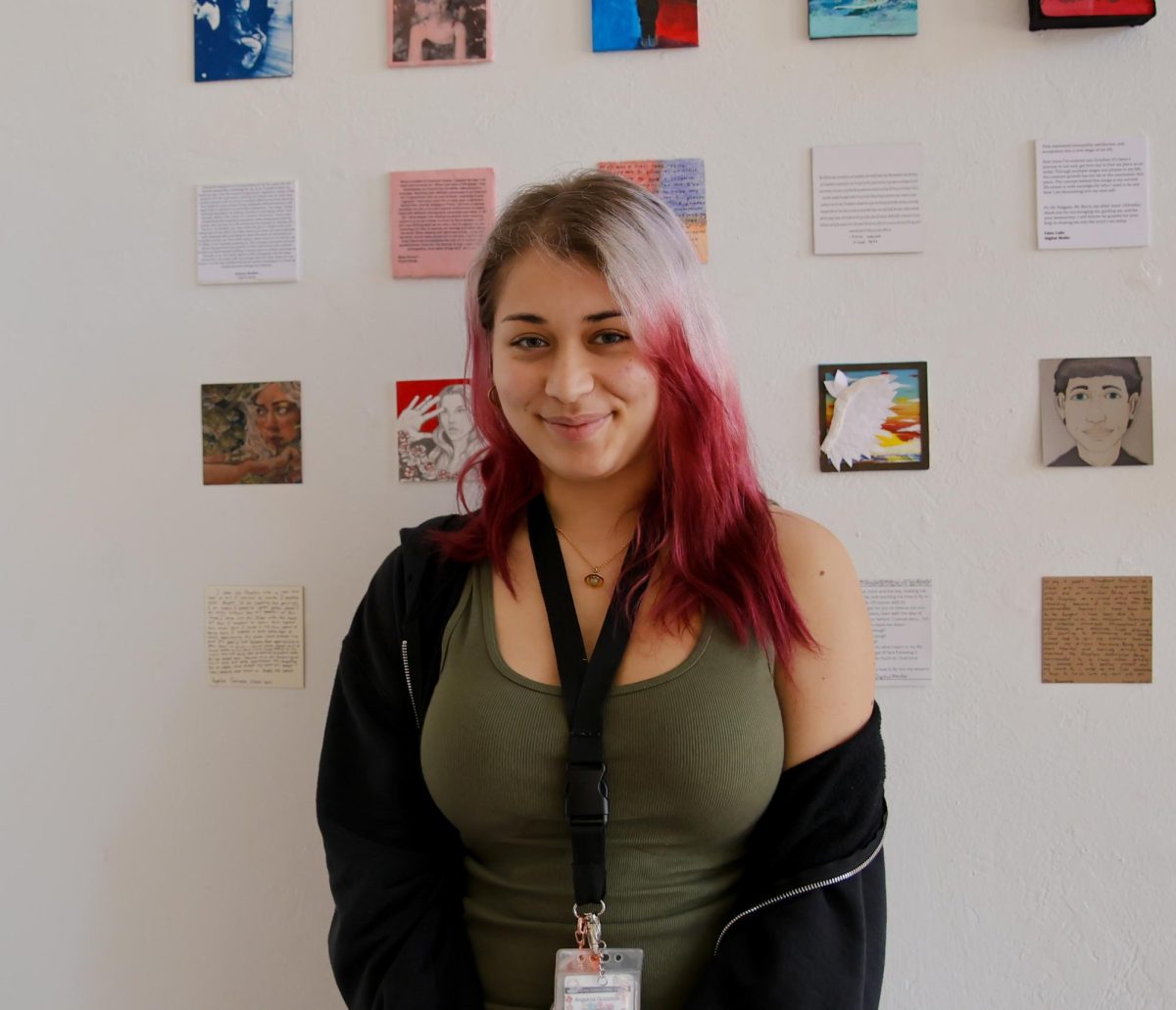


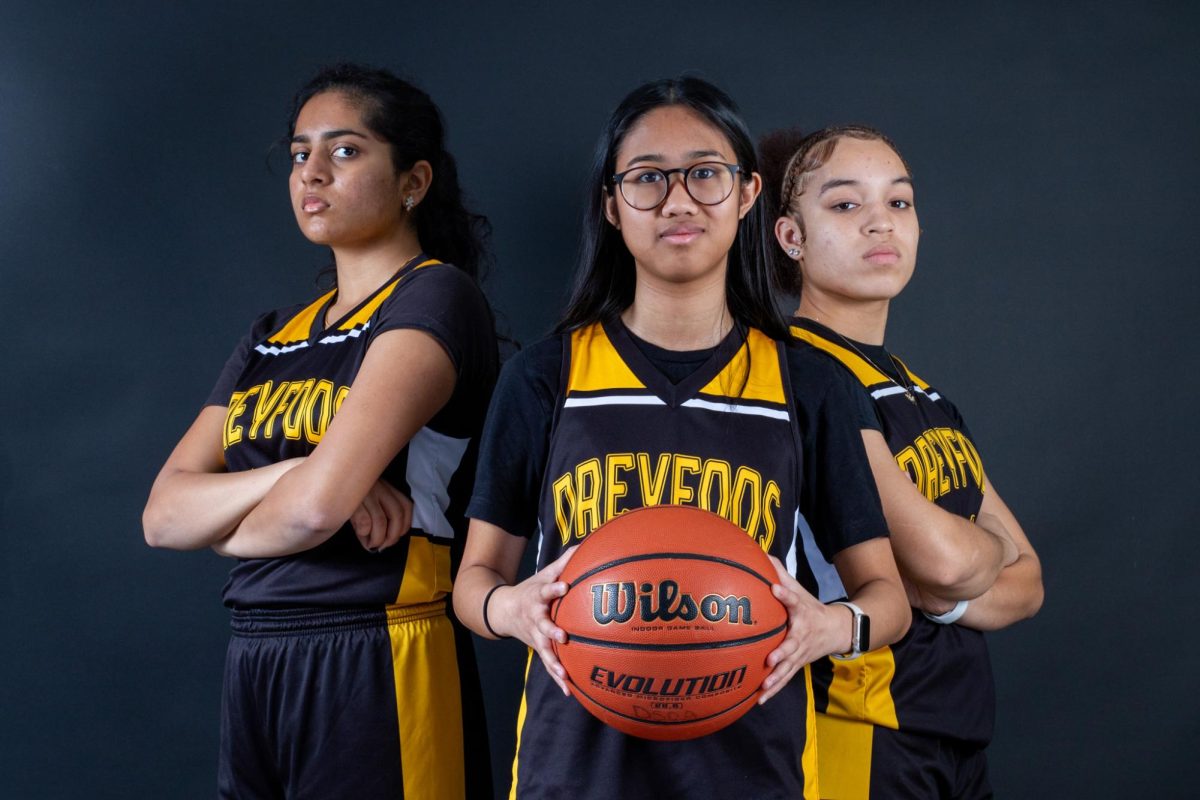
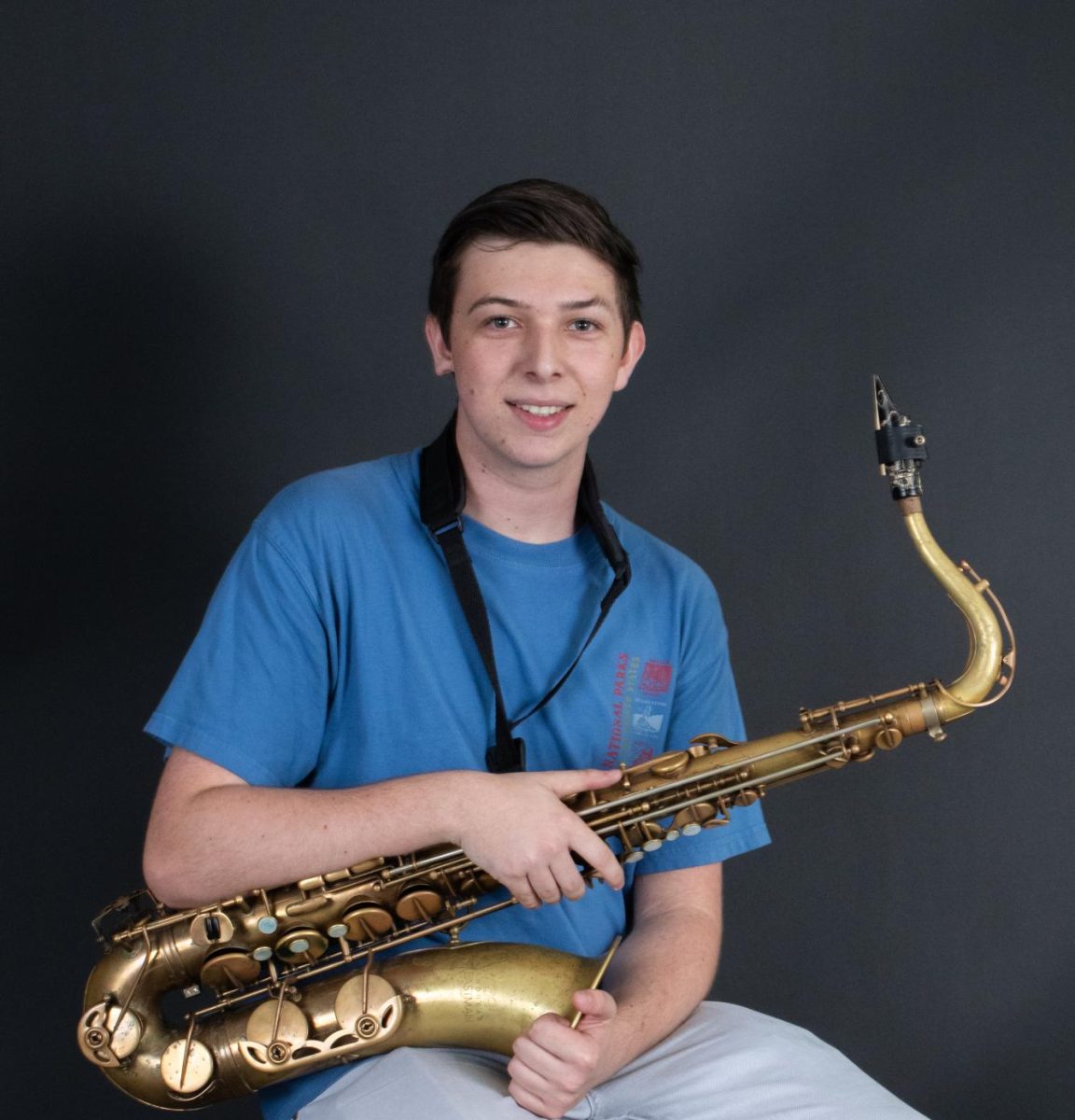
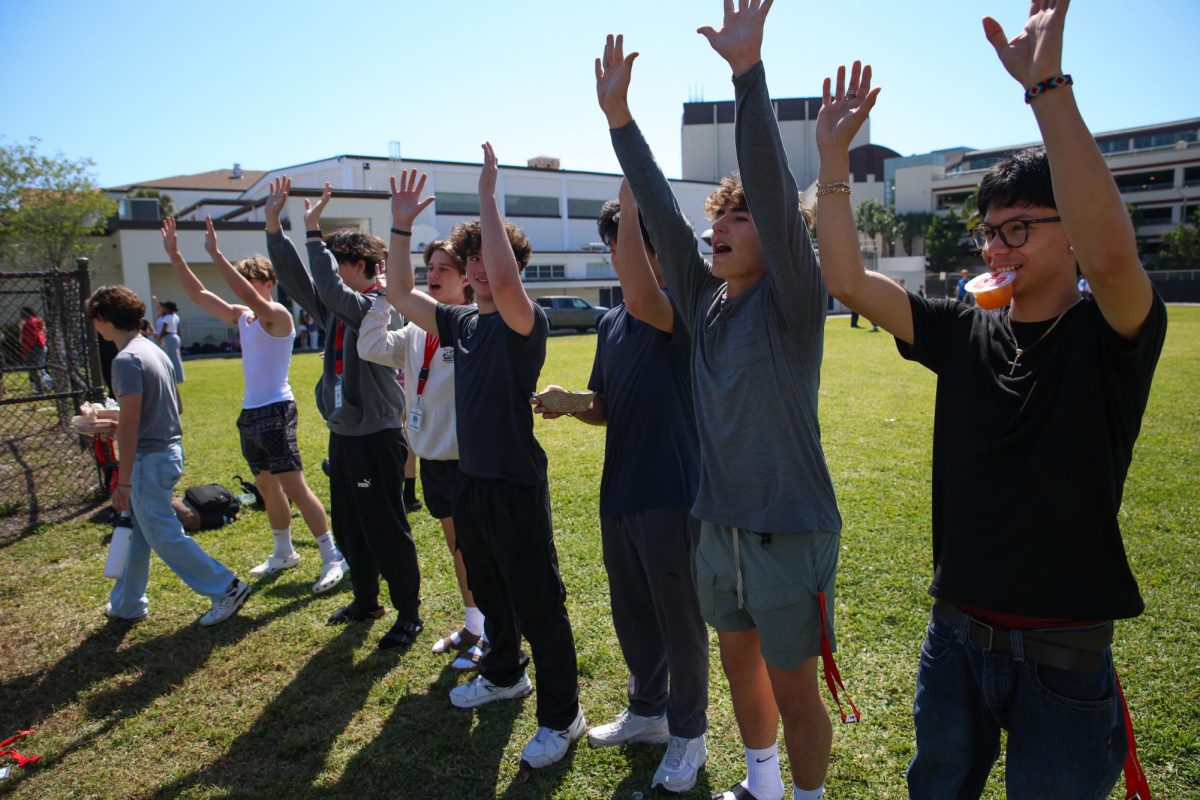
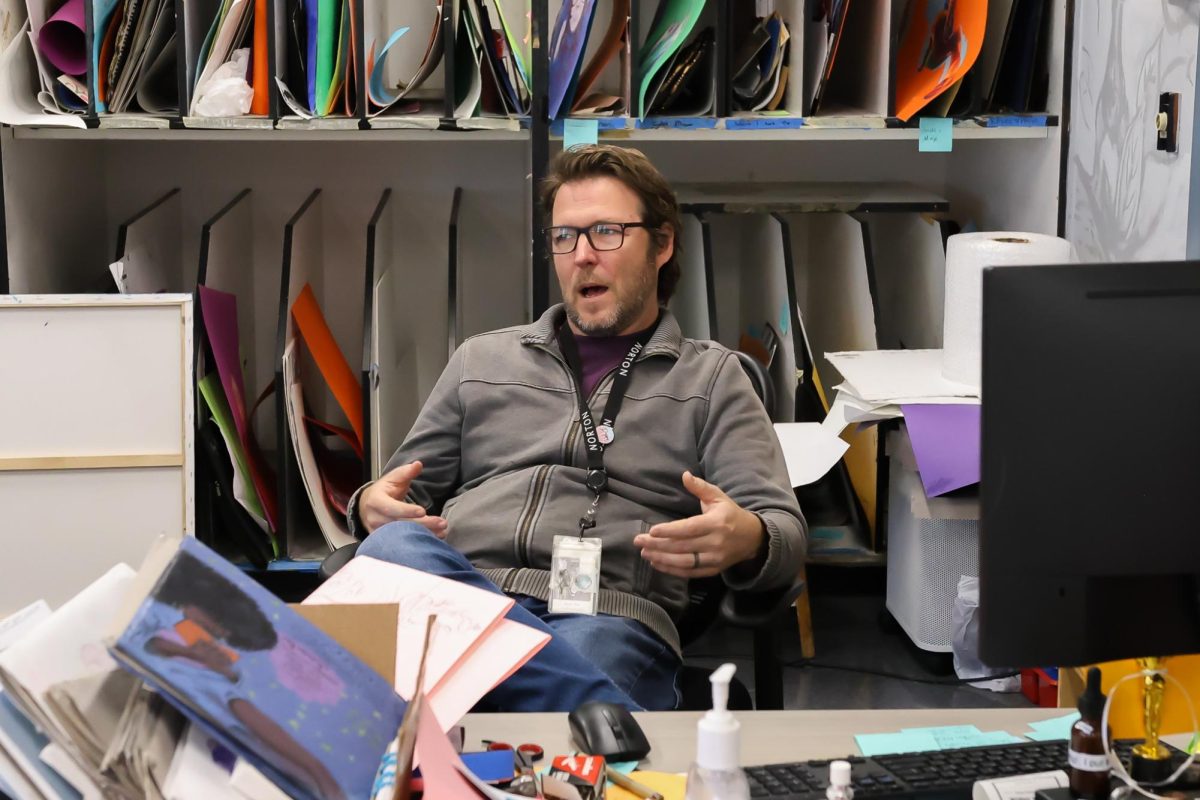
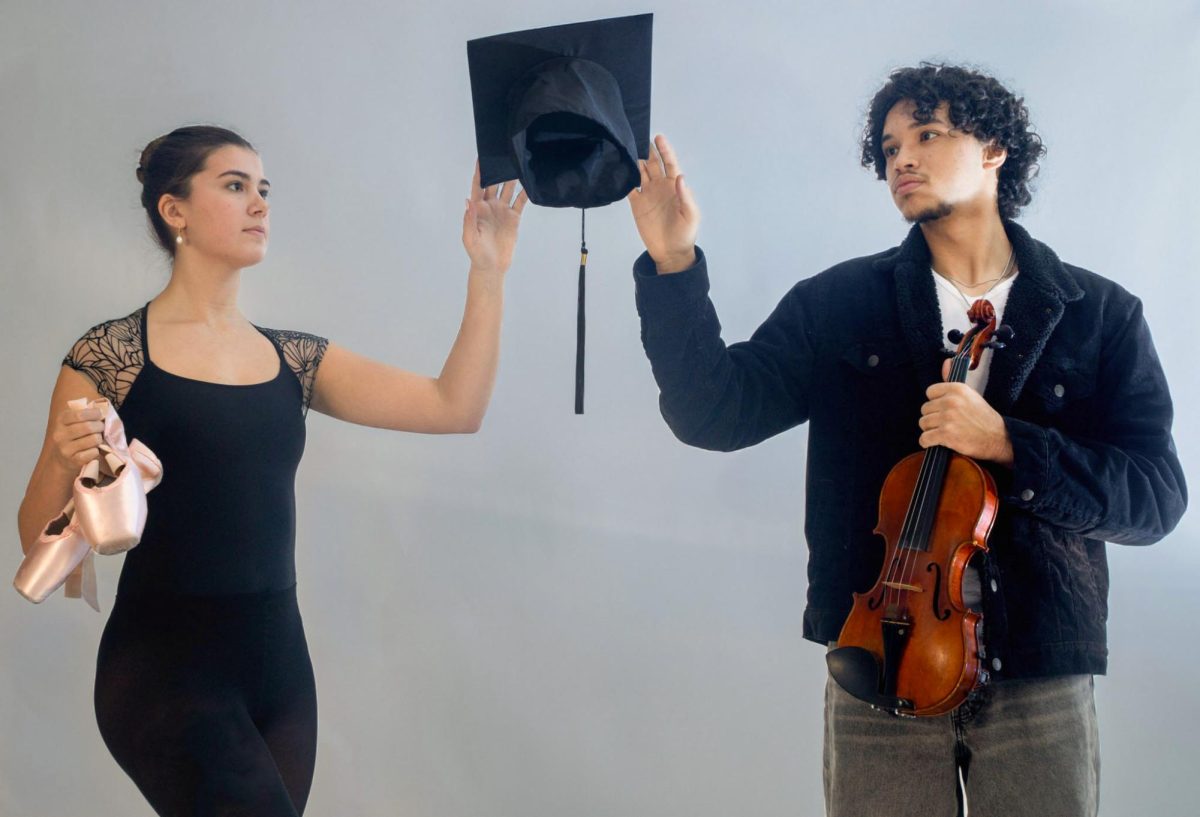


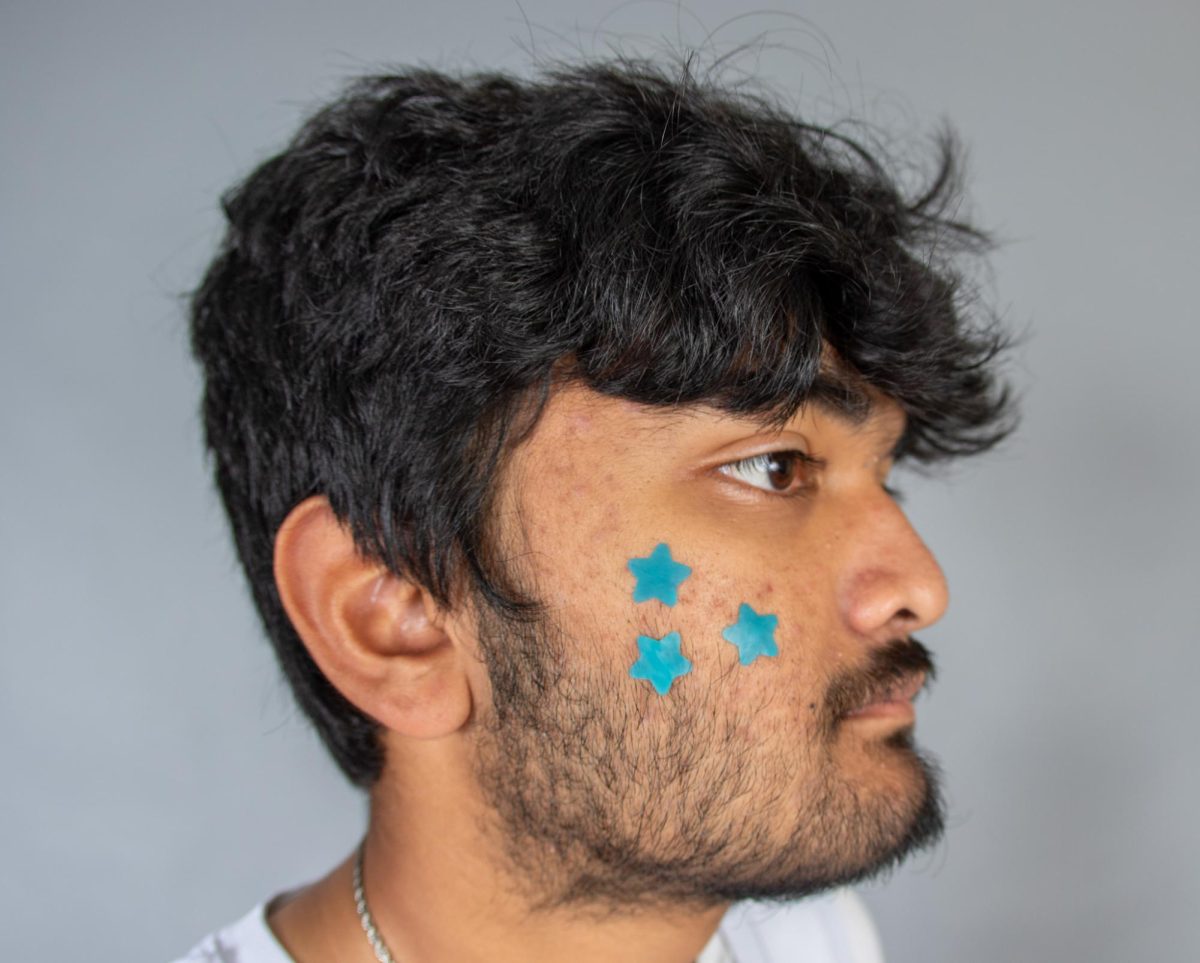



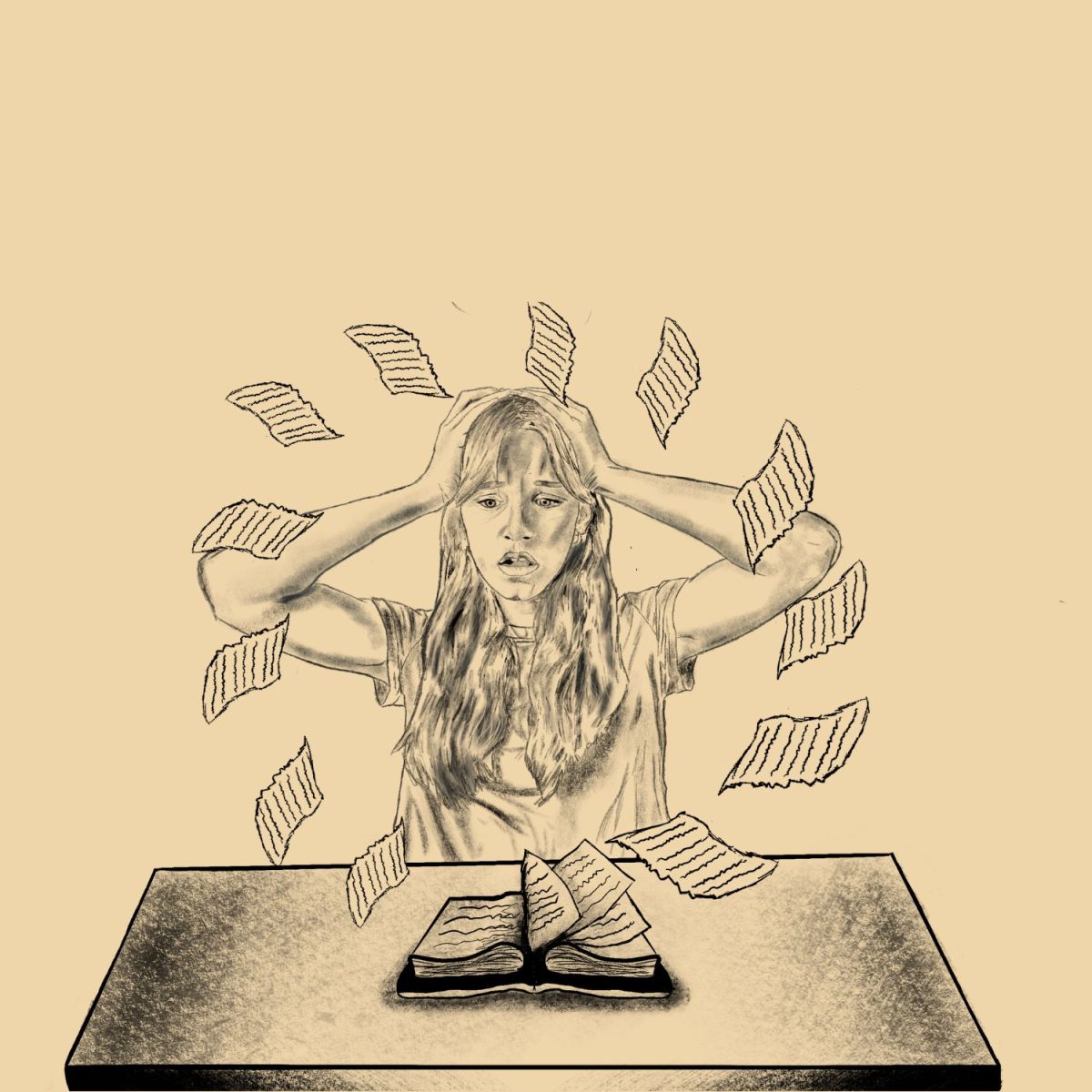

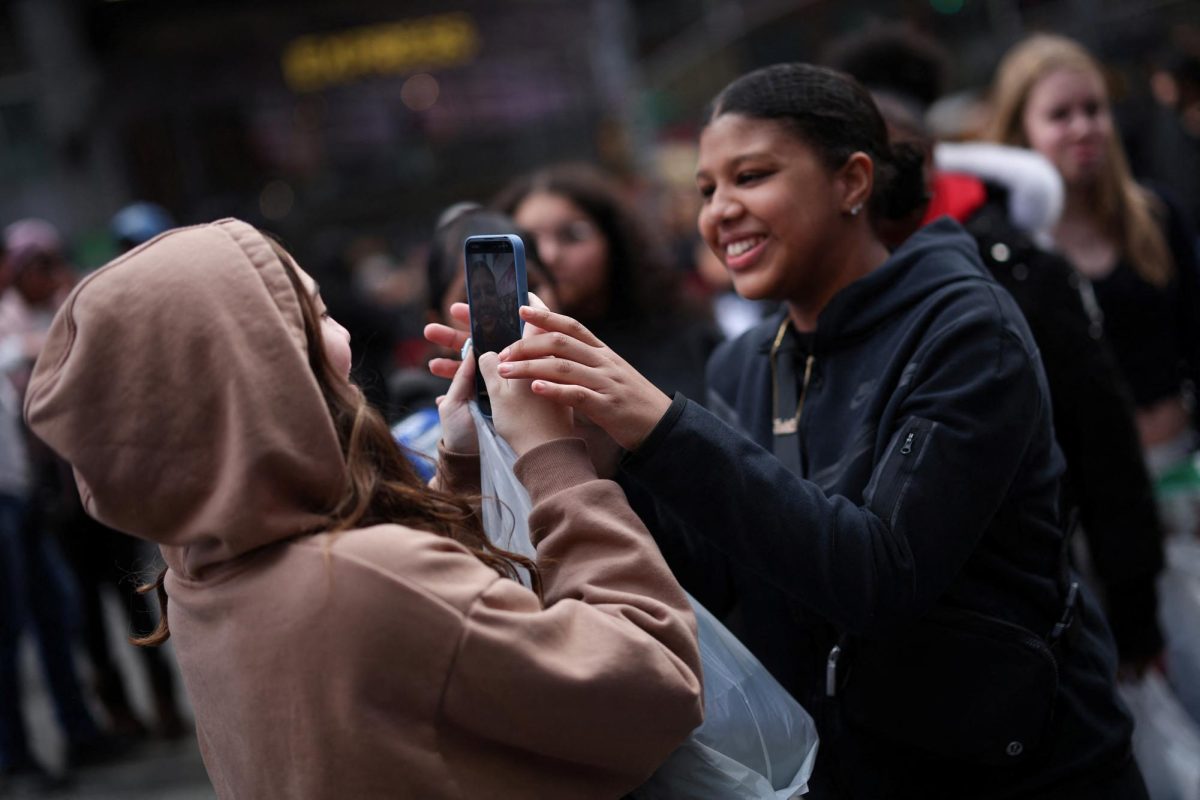

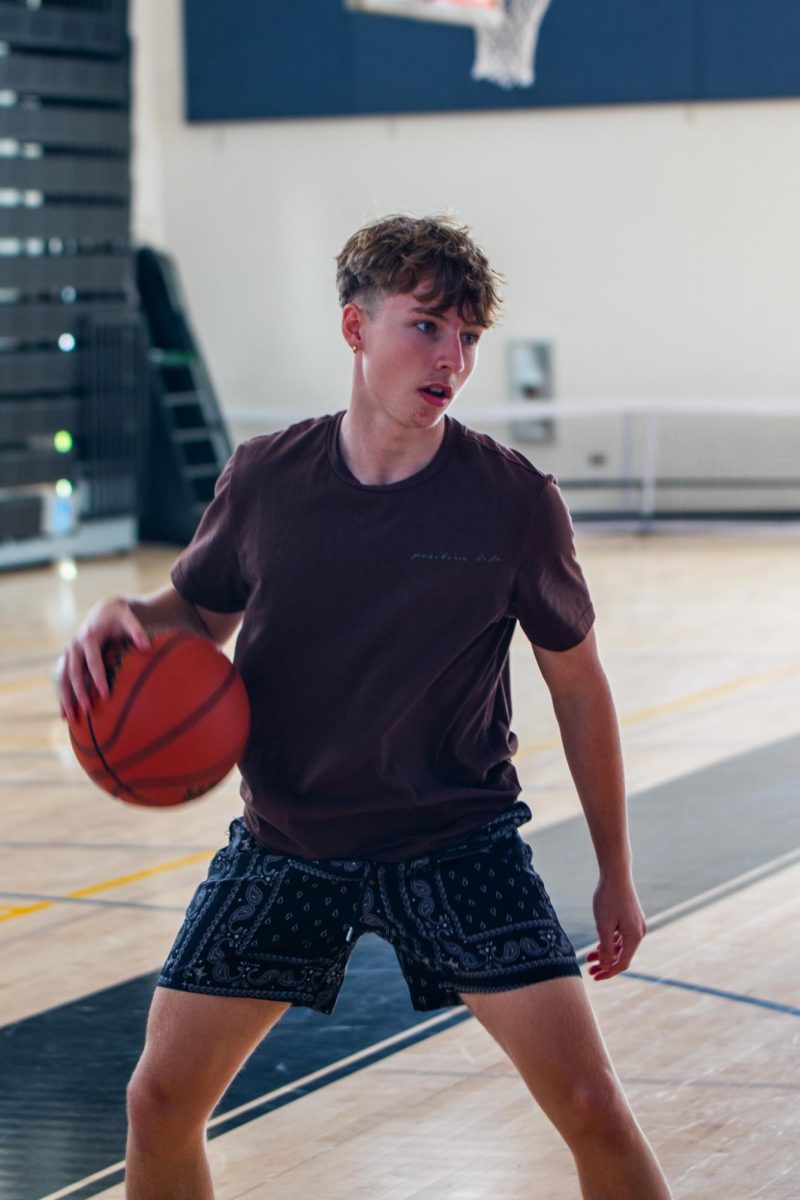
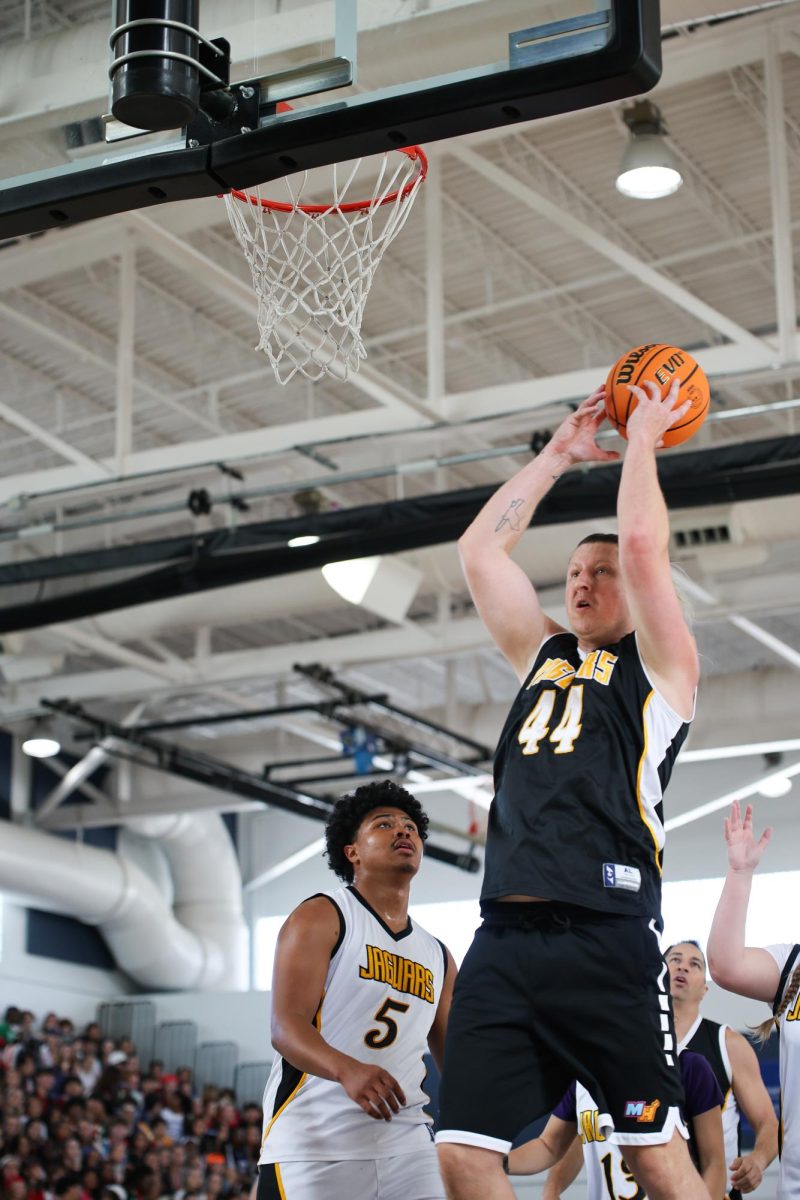
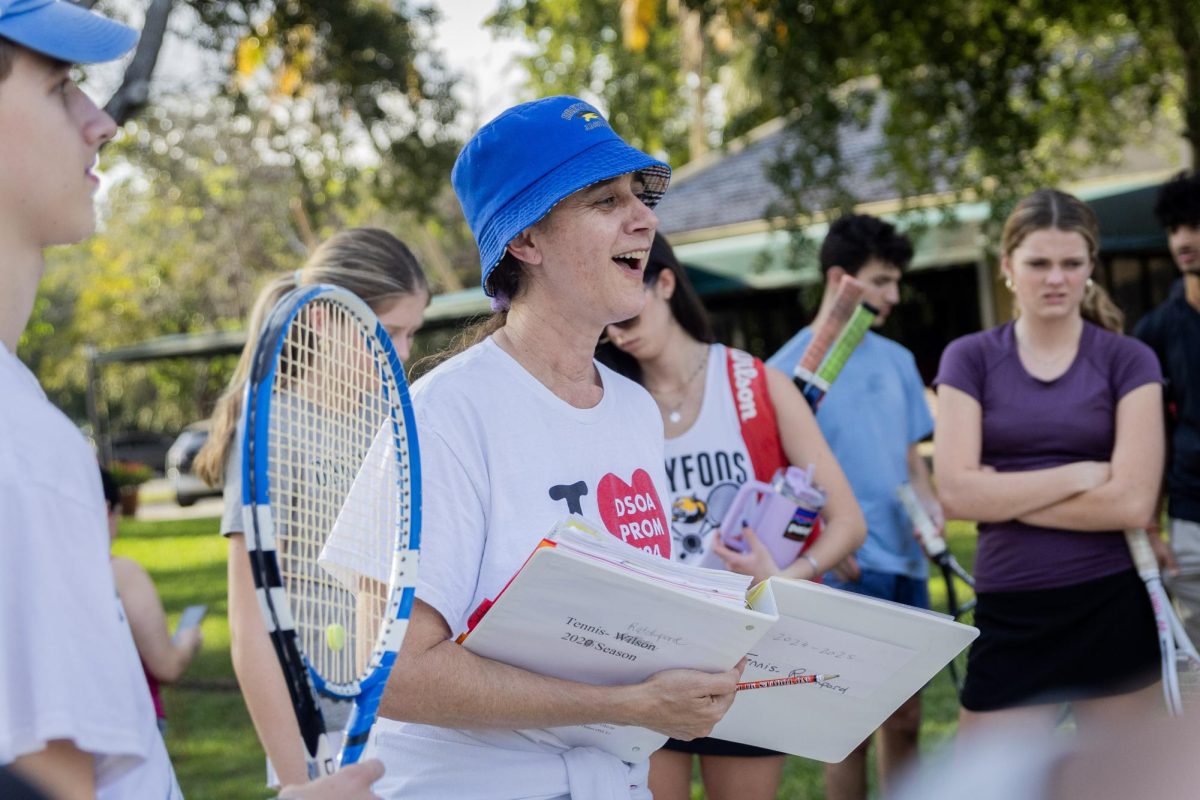






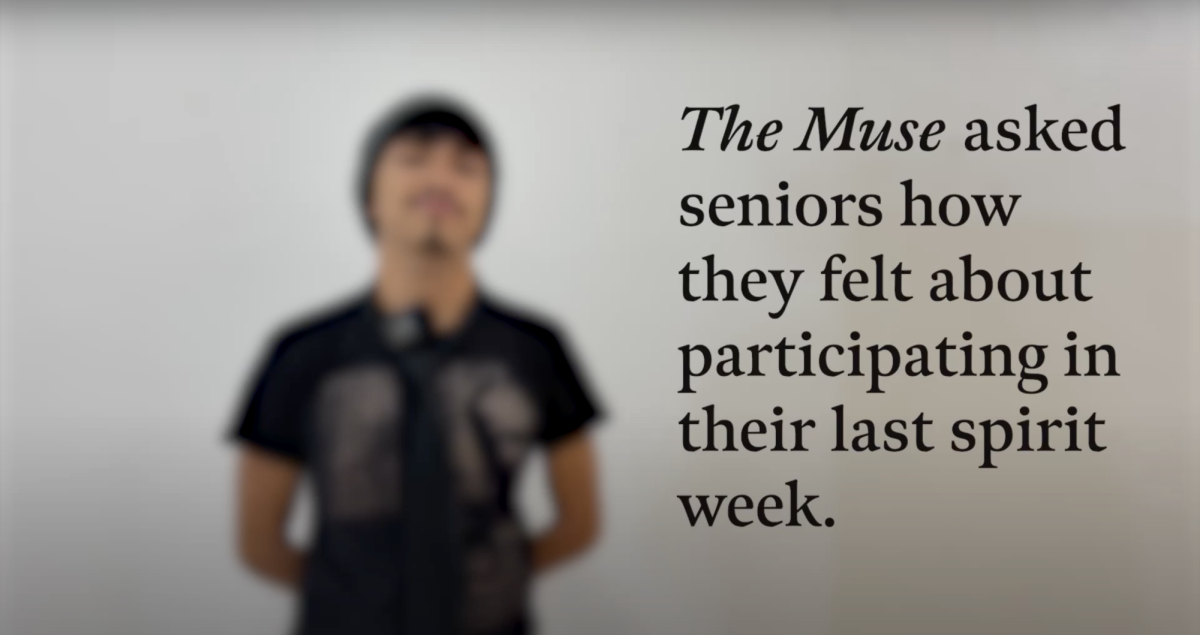




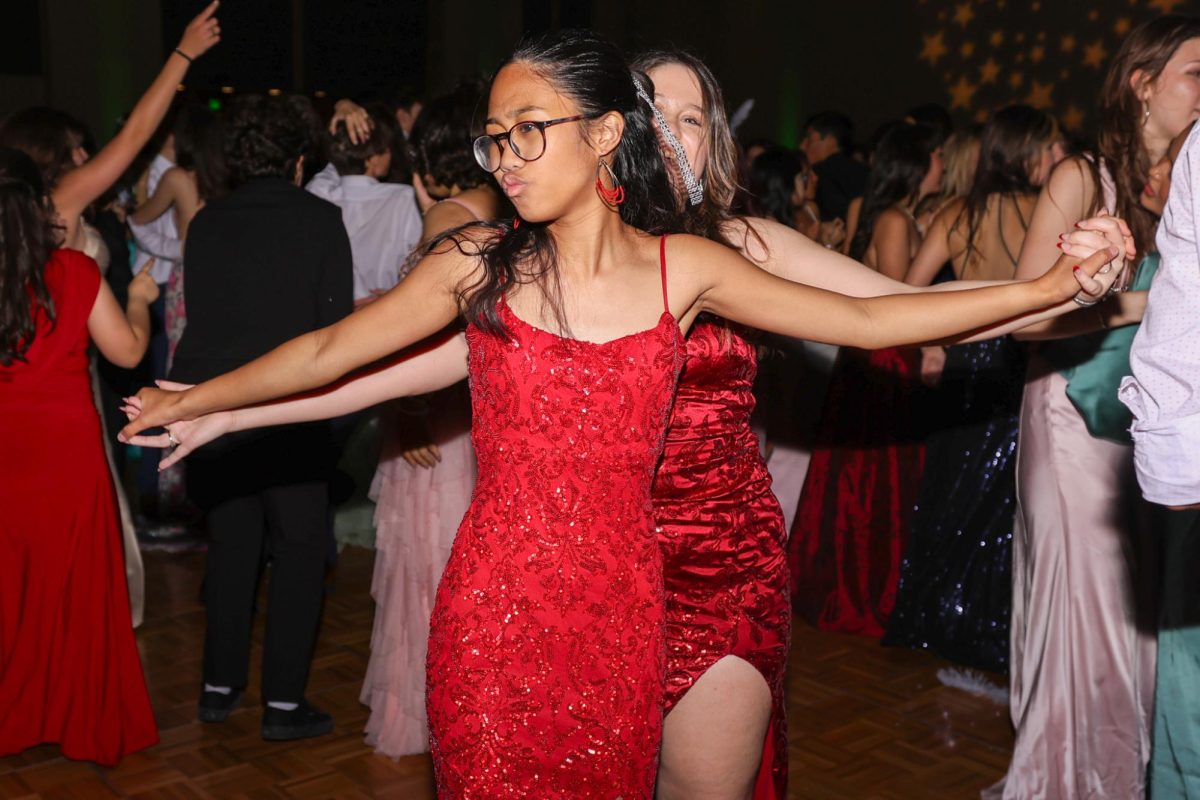
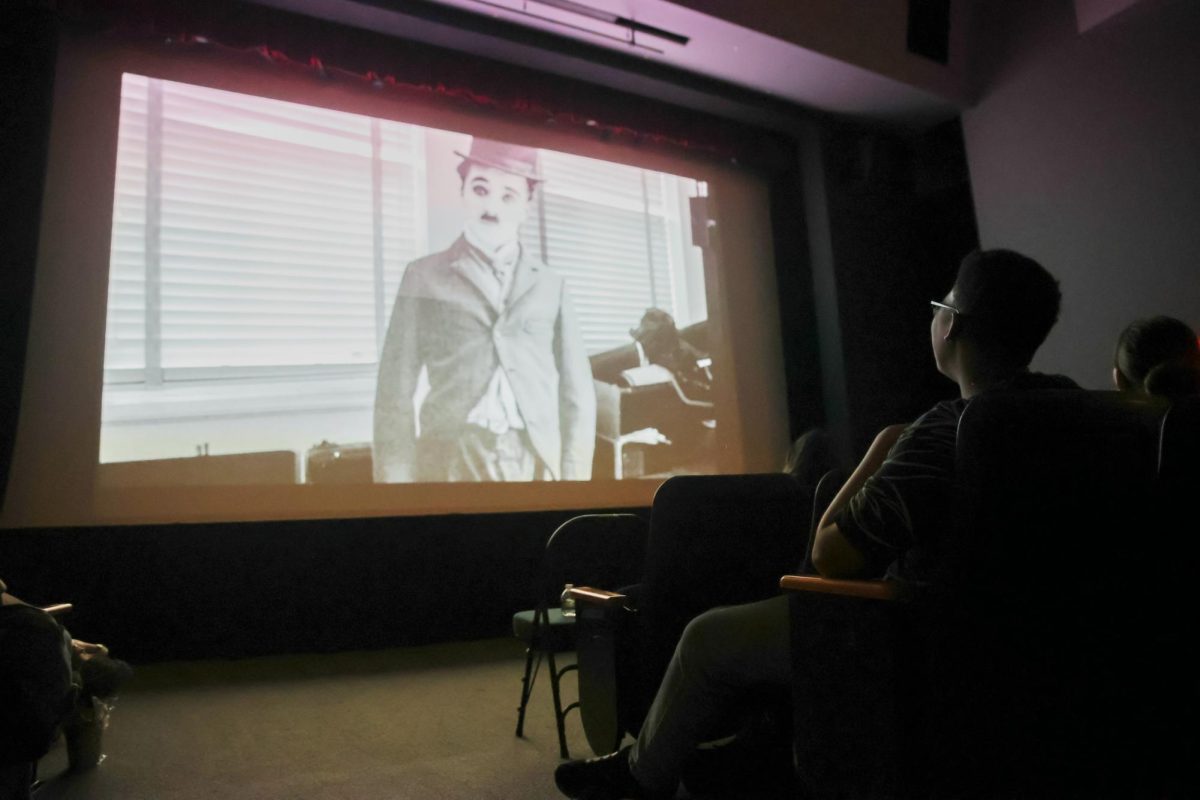
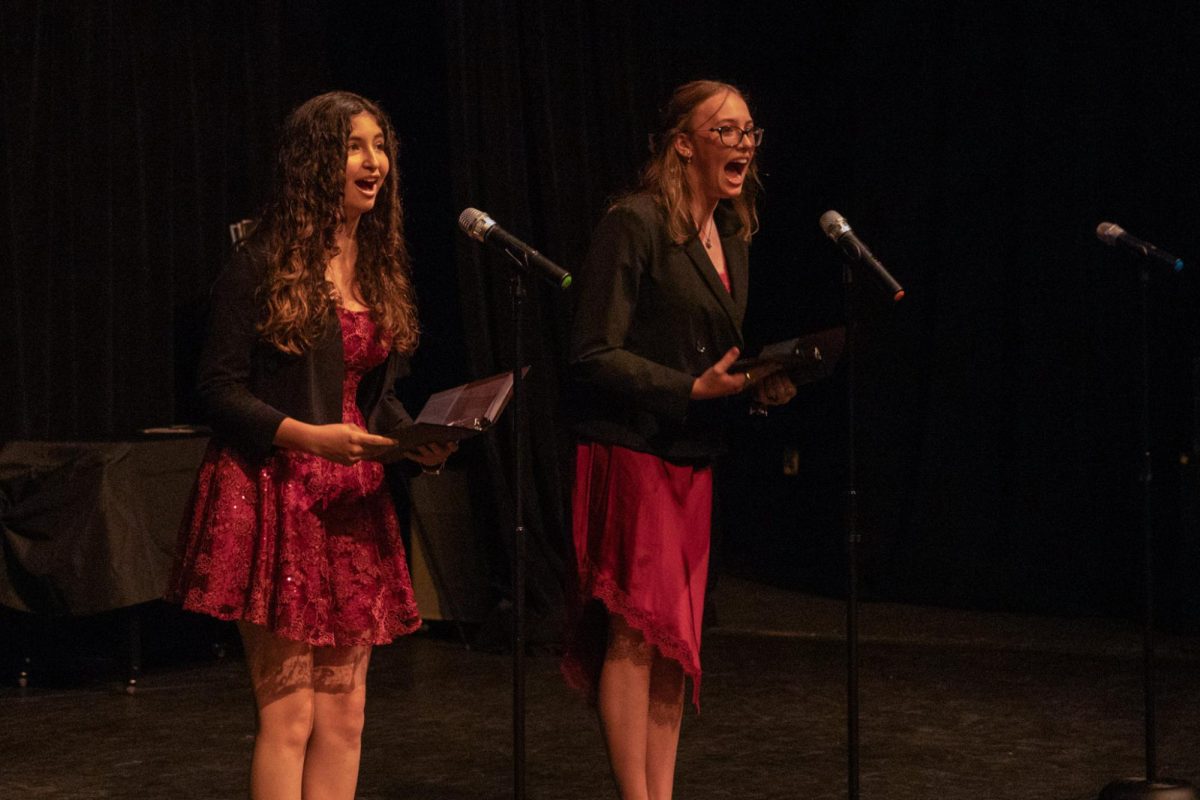
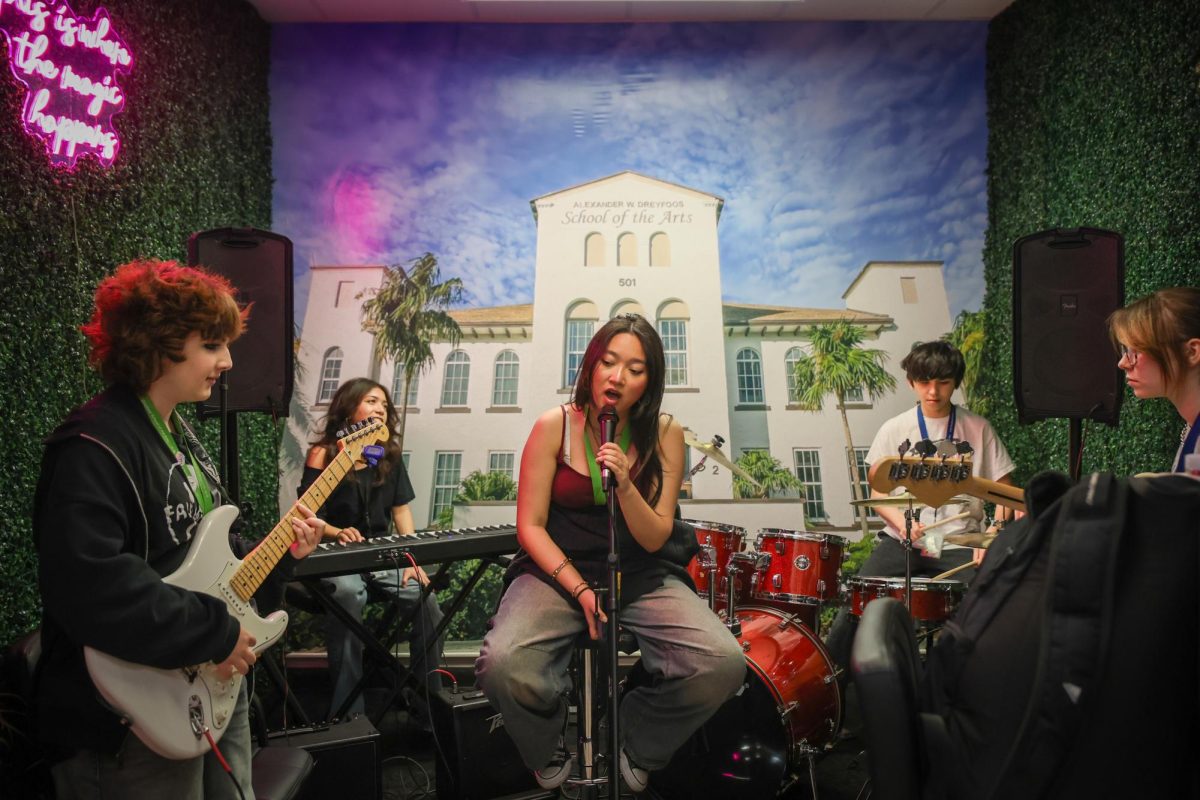






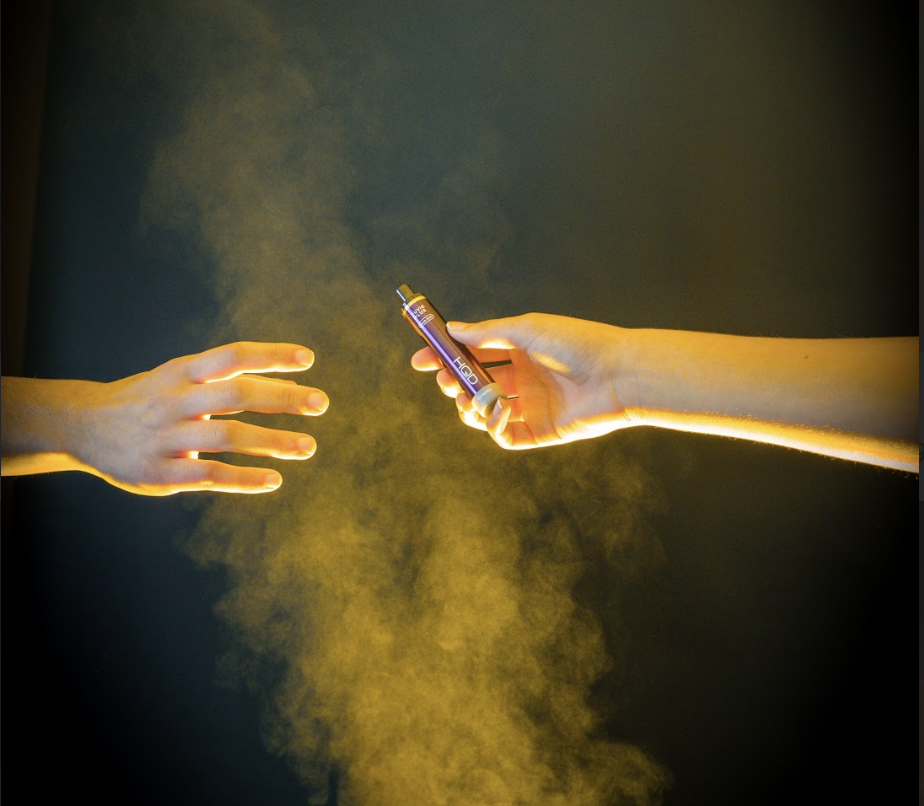
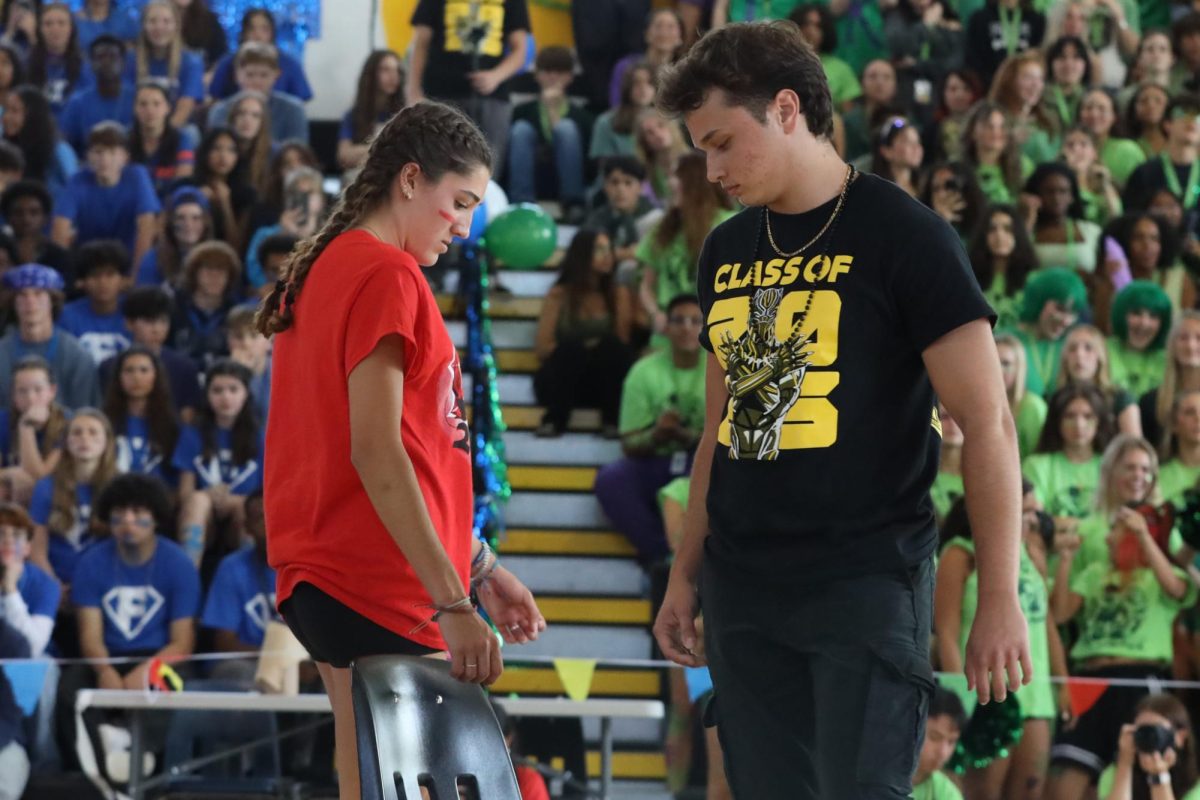

![[BRIEF] The Muse recognized as NSPA Online Pacemaker Finalist](https://www.themuseatdreyfoos.com/wp-content/uploads/2025/03/IMG_2942.jpeg)
